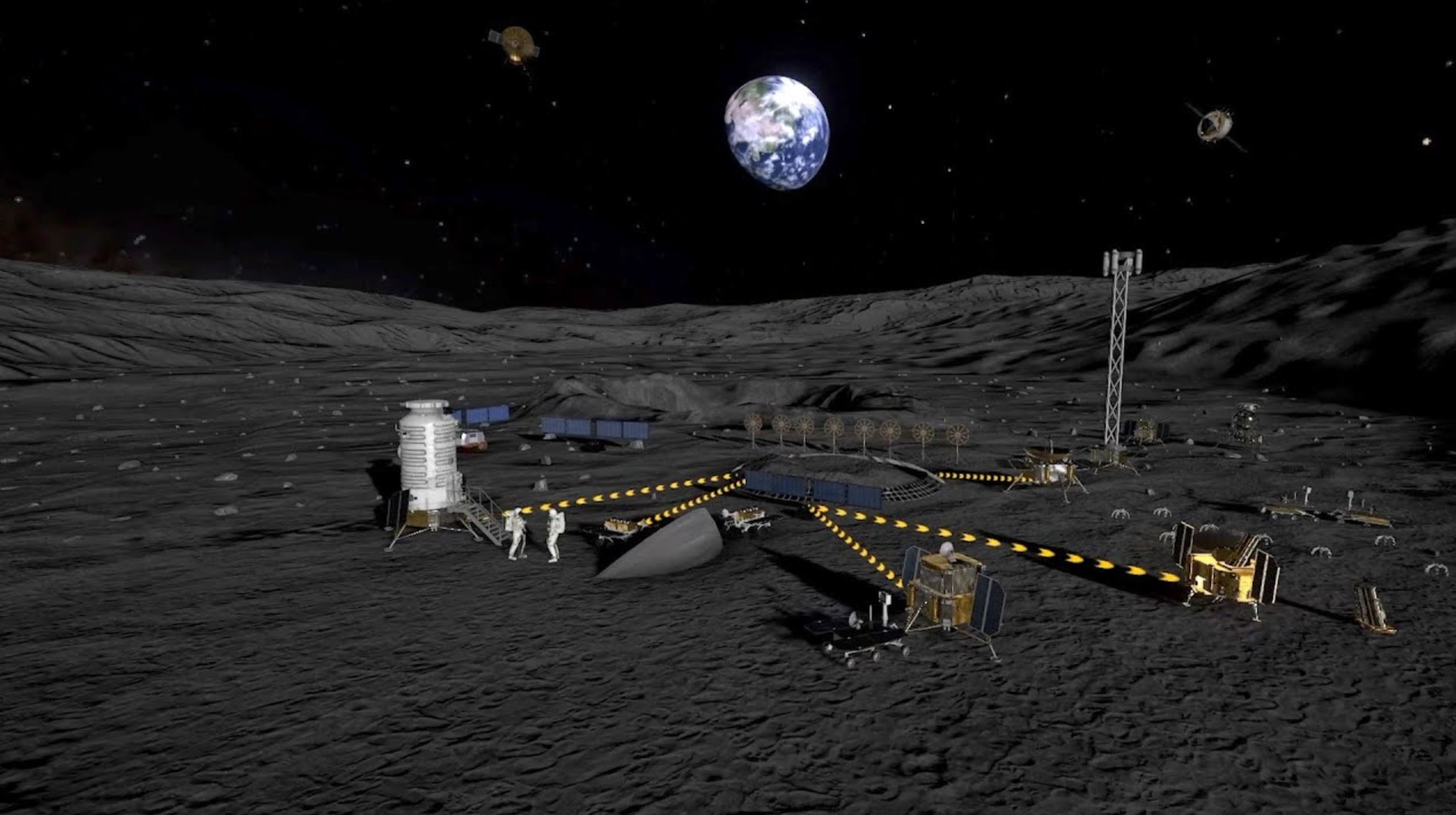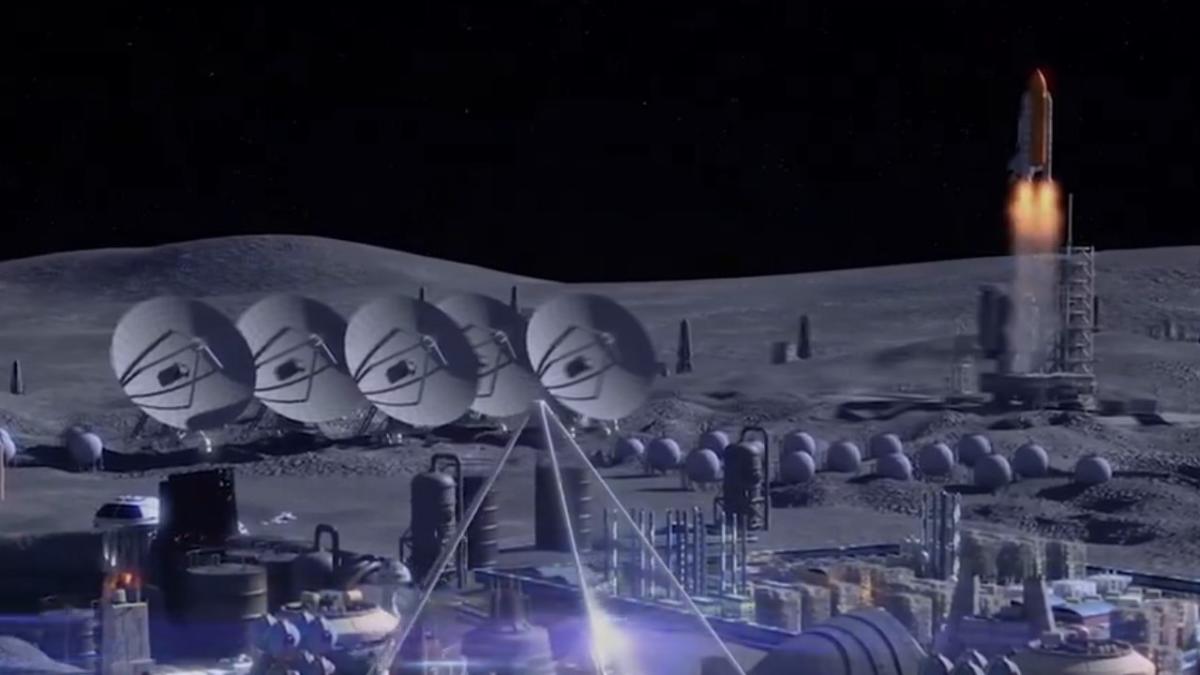
China is making significant strides towards achieving its goal of sending astronauts to the moon before the end of this decade. According to officials with the China Manned Space Engineering Office (CMSEO), major flight products such as the Long March 10 rocket, Mengzhou crew spacecraft, lunar lander Lanyue, and lunar landing suits have all completed prototype production. The first phase of constructing comprehensive scientific facilities with basic functions and essential supporting elements around the lunar south pole by 2035 is also underway. China has invited international partners to join this ambitious project, which currently includes Russia, Venezuela, Pakistan, Azerbaijan, Belarus, South Africa, Egypt, Thailand, and Nicaragua.
The crewed lunar landing mission is part of China's wider plans to establish a robotic and eventually inhabited moon base known as the International Lunar Research Station (ILRS). The ILRS will serve as a comprehensive scientific experimental base for interdisciplinary research activities focusing on lunar exploration and utilization. It will be capable of long-term independent operation, either on the lunar surface or in lunar orbit.
Despite these advancements, there have been some unusual inclusions in China's promotional materials. For instance, a CGI video released by the China National Space Administration (CNSA) shows a NASA Space Shuttle taking off from a launch pad in the background. However, it is important to note that NASA and China are not currently collaborating on space exploration projects.
The exact reason for this inclusion remains unclear, but it may be an oversight or an attempt at humor. Regardless, China's commitment to lunar exploration and eventual habitation continues to progress.

:format(webp)/cdn.vox-cdn.com/uploads/chorus_asset/file/25427551/China_moon_base_video_still.jpg)

/cdn.vox-cdn.com/uploads/chorus_asset/file/25427551/China_moon_base_video_still.jpg)
